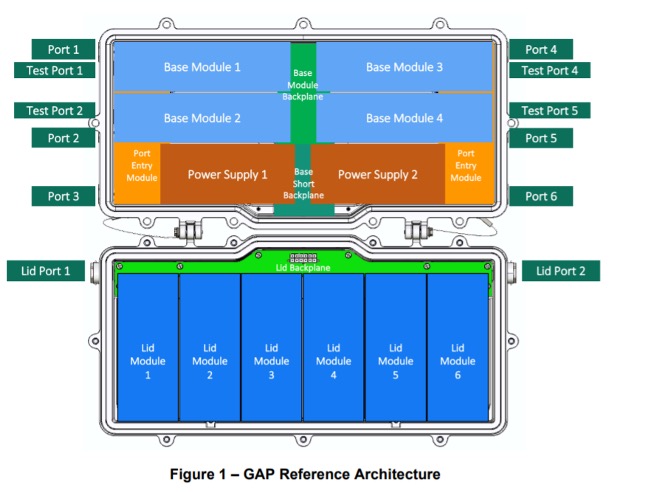The Constantly Evolving Wireline Network
For frequency division duplex (FDD) mode of operation, also referred to as Extended Spectrum DOCSIS (ESD), the tradition in previous DOCSIS generations continues with spectrum dedicated to upstream transmission and separate spectrum dedicated to downstream transmission. FDD DOCSIS increases the upper end of upstream spectrum to 684 MHz, while the maximum downstream frequency increases to approximately 1.8 GHz.
This next generation of DOCSIS technology is intended to support multi-gigabit symmetric services, an important objective of the 10G platform.
Coherent optics in access
With the evolution toward DAA, edge devices such as remote PHY devices, remote MACPHY devices, and even remote OLT modules will each be capable of providing 10 Gbps peak symmetric capacity to consumers. As there are a multitude of edge devices connected to the optical distribution network, the aggregate capacity of the fiber network is potentially orders of magnitude higher than today’s fiber network requirements. To meet the increasing capacity requirements, CableLabs has defined specifications for coherent optical transceivers in a point-to-point fiber topology. The 100 Gbps and 200 Gbps PHY layer specifications, used in conjunction with the Coherent Termination Device specification, provide the requirements for an end-to-end access network aggregation solution.
100G Coherent PON
Equally important for the access network and the 10G platform, ensuring future service tiers are supported in a completely passive manner is also a focus of the cable industry. Fiber to the home (FTTH) using passive optical networking (PON) technology continues to gain momentum and, like past generations of PON technology that leveraged point-to-point technology to create a solution for a passive point-to-multipoint topology, CableLabs has started developing specifications for a single-wavelength, 100 Gbps PON solution based on coherent optics. Aside from the significant increase in peak capacity, the 100G Coherent PON solution will be able to extend up to 80 km (versus the traditional 20 km) and split up to 512 subscribers (versus the traditional 32 to 64).
Low latency
Lowering latency in access networks has been a focus for the cable industry for several years now. Experts are recognizing that along with speed, latency plays an important part in improving overall quality of experience for high-speed data customers. Working toward this goal, CableLabs and industry partners have defined solutions to lower the latency on DOCSIS access networks to be as low as 1ms to 5 ms. This solution, referred to as Low Latency DOCSIS, has already been implemented in cable modems and cable modem termination systems. Additionally, CableLabs and industry partners are developing a framework for measuring end-to-end latency in networks.
DAA, GAP, DOCSIS 4.0, 100G Coherent PON, and low latency are just a sampling of the vast breadth of technology projects that CableLabs and SCTE are working on. We look forward to sharing updates on other projects in future articles.




















